World Music Day, or Make Music, was launched in 1982 in France as the Fête de la Musique, it is now held on the same day in more than 1,000 cities in 120 countries. In this article, we explore some of the patented inventions in the world of music.
Electric guitar
The invention of the electric guitar shaped the sound of most of the previous century, and arguably, the music of today. First picked up by jazz, country and blues musicians, the electric guitar quickly became a success with its ability to produce new sound effects, such as "bending" the pitch of notes, and impressive glissando and deep vibrato effects.
An electric guitar uses one or more pickups to capture mechanical vibrations of a string and convert them into electrical signals, which are then amplified and reproduced by loudspeakers. This is unlike a classical guitar, where the vibrations of the strings are transmitted via saddle to a soundboard (the front piece of the guitar's body). As the soundboard vibrates, the sound is amplified by the hollow body of the guitar.
It is difficult to give credit to any one person for inventing the electric guitar, because electric guitars evolved from their acoustic ancestors through various attempts to electrically amplify the vibrations of a string instrument. For example, patents from the early 20th century show telephone transmitters placed inside of violins to amplify the sound. George Beuchamp was the inventor of the "frying pan" lap steel guitar (left) - the first electrically amplified stringed instrument to be marketed commercially. The distinctive Fender Stratocaster (the "Strat" – on the right) came 30 years later in the 1950s.
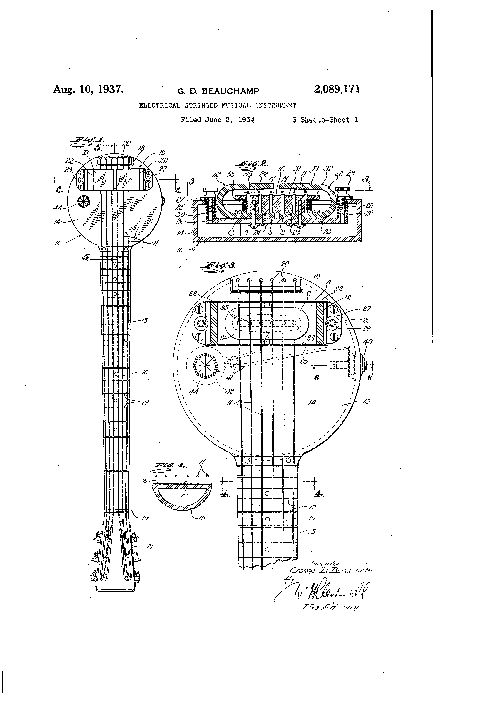 |
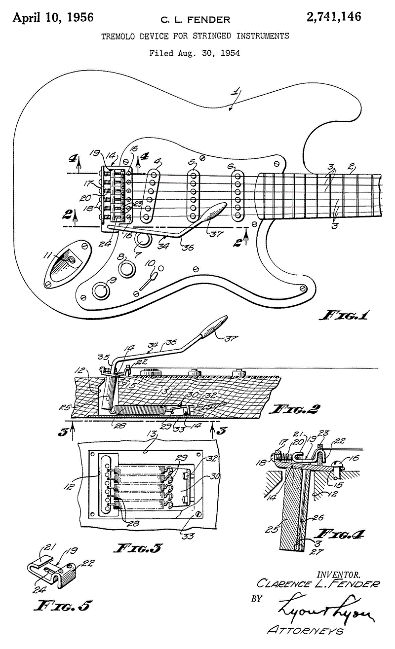 |
Phonograph
The phonograph was the first music playing device that could both record and play back audio. Originally designed to record and play back telephone messages, the phonograph revolutionised how people heard music. For the first time people could listen to whatever music they wanted, wherever they wanted, whenever they wanted.
The earliest machines worked by recording sound onto a sheet of foil wrapped around a cylinder, which was slowly rotated and moved in the axial direction. The sound waves vibrated a diaphragm connected to a stylus, which engraved the sound waves onto the foil of the cylinder as grooves. The sound was played back by repeating the procedure in reverse: as the stylus was traced back over the grooves, it would vibrate the diaphragm which played back the sound. A peculiar consequence of this is that it was possible to overdub (layer) new sound onto the recording being played back.
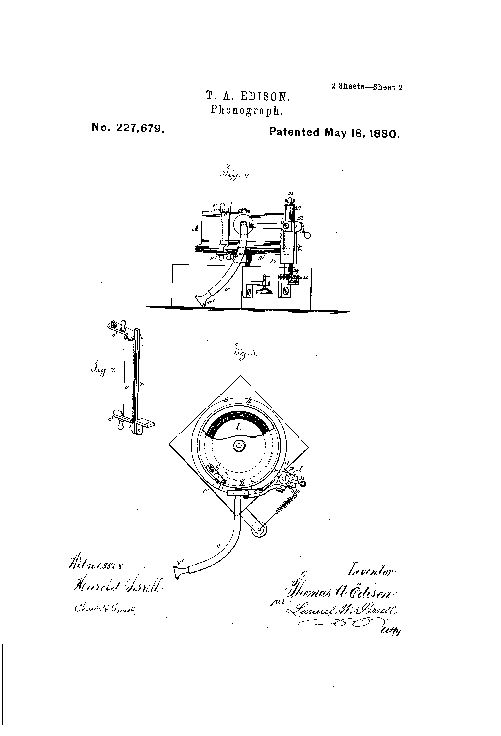
Microphone
The invention of a microphone was undoubtedly an important technological development in music's history. The idea of recording a human voice so that it can be reproduced elsewhere has been developing over many millennia. Some early examples of this could be found in fifth century BC Greece, where performers would wear masks with horn-shaped mouth openings so that their voices could be acoustically amplified and heard even in the most remote parts of the amphitheatre. In 1665 Robert Hooke experimented with "lovers' telephone" – two tin cans joined by a string, where sound from one cup was transmitted via the mechanical vibrations of a string and then converted back.
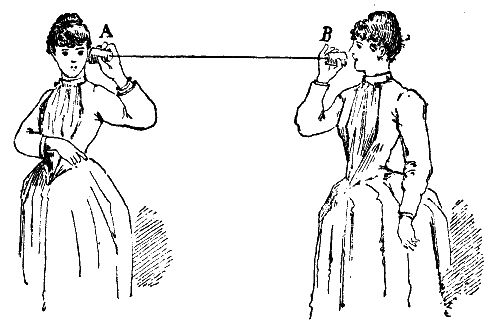
The working principle behind the early microphones is that sound waves cause a diaphragm to vibrate, the movement of which triggers the change in an electrical property (such as resistance) of a medium to which the diaphragm is connected. One of the early examples includes a metal plate fastened in a wooden box or plate, with a metal ball disposed against it, with current passing through the plate and ball. Vibrations of the metal plate cause the pressure between the plate and the metal ball to vary, which affect the strength of the current.
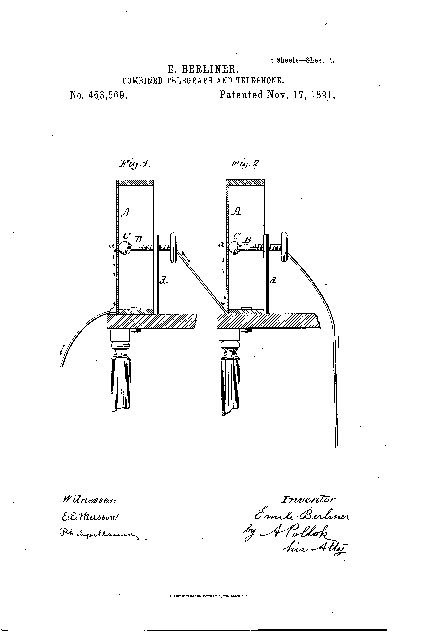
Another early example is the carbon microphone, which uses tightly packed carbon granules disposed between two metal plates to convert mechanical vibrations into electrical signals. One of the plates acts as a diaphragm, which vibrates and causes the carbon granules to deform. As the carbon granules deform, the contact area between each adjacent pair of granules changes, causing the resistance (and therefore the current passing through) to vary accordingly.
Modern microphones used for recording audio of high quality use the same principle of a vibrating diaphragm, although in modern microphones the diaphragm acts as one of the plates of a capacitor. Another common type of modern microphone, which is more robust and inexpensive, is the dynamic microphone which has a small coil connected to the diaphragm. The coil is positioned in a magnetic field, meaning that current is induced in the coil when the diaphragm is vibrated.
Musical instrument support
Arguably, one of the most rock-and-roll patents on the register is the Musical Instrument Support granted to Eddie Van Halen.
The supporting device supports the musical instrument by resting on the player's body, allowing the player to explore a new way of creating and performing music.
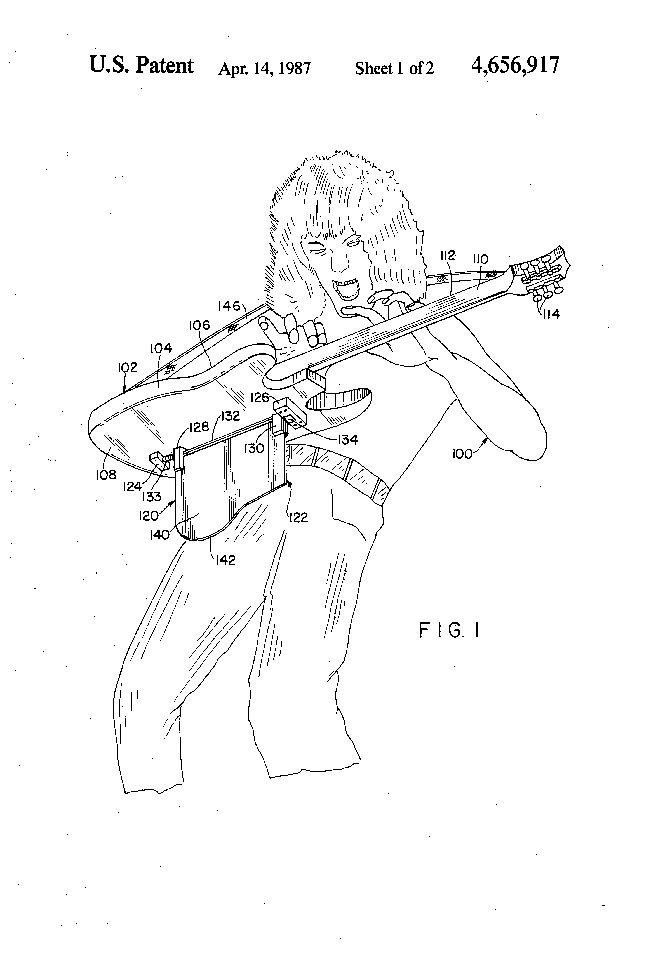
The content of this article is intended to provide a general guide to the subject matter. Specialist advice should be sought about your specific circumstances.
